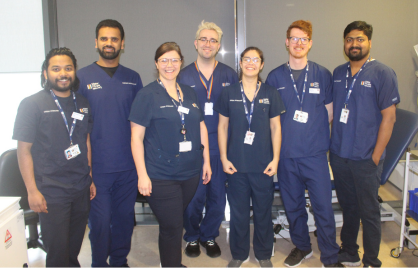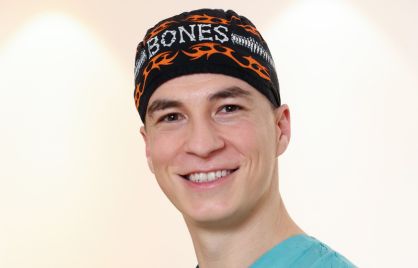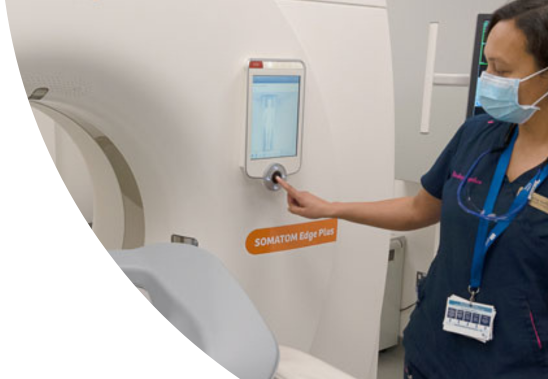24th April 2024
Meet The Team - Clinical Engineers
Specialised equipment and technology are vital for diagnosing and treating patients across Mater Private Network. To ensure scanning and treatments using these technologies are as safe as possible for patients, we have a rigorous process to ensure they are operating correctly.
We met with our Clinical Engineering team in Mater Private Network Dublin recently to learn about how they lead on the maintenance, repair, and purchase of equipment for our Dublin hospital.
.png?sfvrsn=8f7f63a8_1)
Gary McDonnell - Senior Clinical Engineer at Mater Private Network Dublin
Gary McDonnell, Senior Clinical Engineer at Mater Private Network Dublin, is one of three members of the team. He works alongside Tom Bergin, who is Chief Engineer in the department, and Glenn Tunney, who is also a Senior Clinical Engineer.
Gary worked in our Eccles Street hospital while he was in transition year in school. He completed two-weeks of work experience alongside Tom back in 2004. This experience had a lasting impact on Gary and led him down the path to pursue clinical engineering as a profession. When Gary finished college, he applied for a job with Mater Private Network and secured the role to work alongside Tom once again.
.png?sfvrsn=66ab0b9d_1)
Could you please walk us through a typical day in your role?
My typical day in the hospital consists of planned maintenance of medical equipment and liaising with many of the departments within the main Dublin hospital about equipment which may need to be repaired or replaced.
As a team, we perform regular scheduled preventative maintenance checks and repairs of equipment. We are also involved in providing education to our colleagues about how to use this equipment. The job is very varied. Outside of my day-to-day role I am also involved telemetry and falls prevention committees in the hospital.
Our department will advise on what new equipment may be required for the hospital. We are involved in some of the new builds which are underway, particularly with the new theatre and our fourth catheterisation lab opening later this year, and the extra bays for our Emergency Department which opened in mid-April.
Part of this process includes helping the teams involved in these projects to decide on what equipment goes into each of these areas. We then work with any external companies to organise training and maintenance of any new equipment, so it is safe for use with patients.
As chief of the department, Tom oversees the contracts we have with these companies, while Glenn and I provide support to him, and we all work on equipment in our workshop and on wards around the hospital.
I consider our team to be quite important in the hospital. If medical equipment is not maintained in a proper manner it puts patients’ and users’ safety at risk. This is particularly true in theatre and cath lab environments where you have high risk equipment such as anaesthetic machines and electrosurgery machines.
We have to be mindful of all areas related to medical equipment. This includes ensuring that all equipment is serviced and maintained to the manufacturer's specifications for service and maintenance. We track this by using an asset management system.
Our days are diverse and sometimes challenging. Ensuring medical equipment within the hospital is consistently up to standard is vital for safe patient care.












